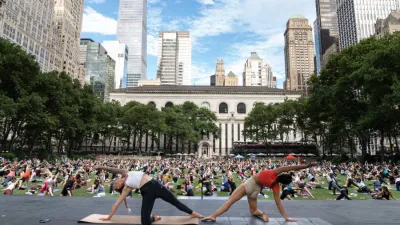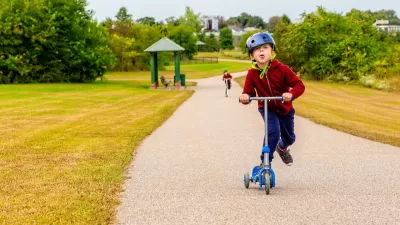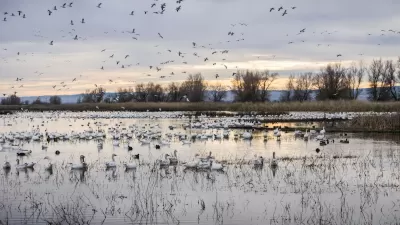Biophilia, originally thought to be an innate and universal love for nature, is now understood as a temperament trait with significant individual differences influenced by genetics and experience.

E.O. Wilson’s concept of biophilia, introduced in his 1984 book, proposes that humans possess an innate and universal love for the natural world. This idea has significantly influenced urban planning and architecture, promoting the integration of natural elements into human environments. However, Wilson himself later revised his stance, acknowledging biophilia as a set of learned behaviors rather than a singular instinct. Recent critiques, like those from Vanessa Woods and Melina Knuth, challenge the universality of biophilia, suggesting instead that it reflects individual differences and should be viewed as a temperament trait—a specific attraction to biodiversity shaped by both genetic and experiential factors.
Research supporting the Biophilia Reactivity Hypothesis highlights that not everyone responds positively to nature, with studies showing variations in stress levels when individuals are exposed to natural versus urban settings. For instance, while most participants experienced reduced cardiovascular stress in forests, a notable minority found such environments more stressful. These findings align with the hypothesis that biophilia is distributed along a spectrum, much like other psychological traits. Anecdotal and early research suggest that biophilic tendencies may emerge in childhood, influenced by both genetic predispositions and upbringing, as seen in children with a pronounced affinity for animals and nature.
This evolving understanding of biophilia opens doors to new research avenues, including the development of a Biophilia Quotient Scale to measure individual differences. Such a tool could explore the connections between biophilia and various life aspects, such as personality, career choices, and environmental advocacy. Understanding these individual differences could refine our approaches to conservation, urban planning, and education, tailoring them to better resonate with diverse human experiences of the natural world.
FULL STORY: Is Love of Nature in Our Genes?

Study: Maui’s Plan to Convert Vacation Rentals to Long-Term Housing Could Cause Nearly $1 Billion Economic Loss
The plan would reduce visitor accommodation by 25,% resulting in 1,900 jobs lost.

North Texas Transit Leaders Tout Benefits of TOD for Growing Region
At a summit focused on transit-oriented development, policymakers discussed how North Texas’ expanded light rail system can serve as a tool for economic growth.

Using Old Oil and Gas Wells for Green Energy Storage
Penn State researchers have found that repurposing abandoned oil and gas wells for geothermal-assisted compressed-air energy storage can boost efficiency, reduce environmental risks, and support clean energy and job transitions.

From Blight to Benefit: Early Results From California’s Equitable Cleanup Program
The Equitable Community Revitalization Grant (ECRG) program is reshaping brownfield redevelopment by prioritizing projects in low-income and environmental justice communities, emphasizing equity, transparency, and community benefits.

Planting Relief: Tackling Las Vegas Heat One Tree at a Time
Nevada Plants, a Las Vegas-based nonprofit, is combating the city’s extreme urban heat by giving away trees to residents in underserved neighborhoods, promoting shade, sustainability, and community health.

How Madison’s Tree Planting Efforts Are Growing a Healthier Community
Madison’s annual tree planting initiative is enhancing environmental resilience, public health, and community livability by adding 1,400 carefully selected trees citywide, with strong community and institutional support for urban forestry.
Urban Design for Planners 1: Software Tools
This six-course series explores essential urban design concepts using open source software and equips planners with the tools they need to participate fully in the urban design process.
Planning for Universal Design
Learn the tools for implementing Universal Design in planning regulations.
Ascent Environmental
Borough of Carlisle
Institute for Housing and Urban Development Studies (IHS)
City of Grandview
Harvard GSD Executive Education
Toledo-Lucas County Plan Commissions
Salt Lake City
NYU Wagner Graduate School of Public Service





























